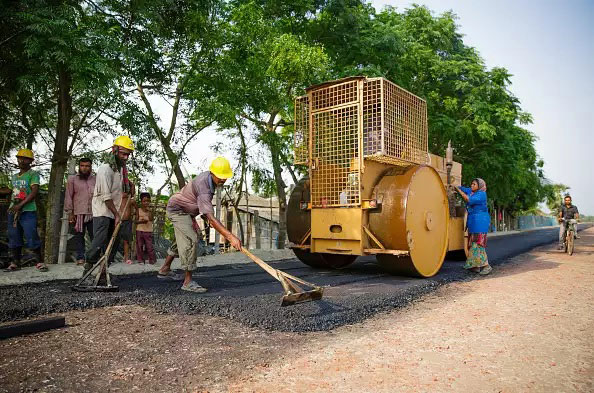As construction activities came to a screeching halt due to COVID-19 pandemic-induced lockdown, construction equipment sales volume witnessed a sharp 70 per cent fall in April-June 2020 quarter, Crisil Research said.
According to the ratings agency, volume would decline on-year this fiscal, especially since public spending will be diverted towards healthcare and public welfare.
“With the COVID-19 pandemic induced lockdown bringing construction activity to a halt and labourers trudging back to the presumed safety of their native place, construction equipment sales volume has nosedived 70 per cent on-year in the first quarter, and utilisation has nearly halved,” the agency said.
Construction equipment business, comprising backhoes, excavators, cranes, compactors and loaders, has run into greasy grounds, it said.
Last fiscal the sector witnessed a 20 per cent volume decline.
“The second half of the current fiscal could see more whirr and hum. However, volume could retract since public spending will be diverted towards healthcare and public welfare. That means lower investments in infrastructure and therefore, slack demand for construction equipment,” it said.
According to the agency, excavators, which are more expensive and niche, will see a sharper volume degrowth.
Backhoe loaders may be relatively less impacted owing to their lower cost and multi-functionality, while crane volume is also expected to dip with slowdown in cement, power and auto sectors.
Compactor volume would contract as highway construction is likely to decline 10-13 per cent on-year this fiscal.
The agency further noted that operating margins, which fell by 350-400 basis points (bps) to 7-8 per cent in fiscal 2020, could contract another 200-250 bps.
“A drop in utilisation would translate to higher fixed costs, around 25-30 per cent of total costs, driving margins down. But a 6-7 per cent decline in steel prices might offer some cushion,” it added.
According to Crisil, the bright side for the industry is that it has low debt and healthy interest coverage.
“Our analysis of companies shows that they have low gearing between 0 and 1, and high financial flexibility because of multinational parentage. However, low utilisation remains the stick in the mud,” it noted.
Source: auto.economictimes.indiatimes.com

